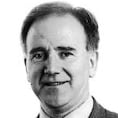According to an old Italian proverb, he who enters a conclave as pope emerges as a cardinal. In theory, any Catholic man – for now – can be elected pope, but since 1389, the successful candidates have all been cardinals. Those favoured ahead of the gathering of electors are referred to as “papabile” – literally “popeable”, or capable of becoming pope.
As with all proverbs, this one can be wrong too. For instance, there was no great surprise that Cardinal Joseph Ratzinger, the theological hardman of the John Paul II papacy, was elected Pope Benedict XVI in 2005, nor was there much surprise in 1963 when Cardinal Giovanni Battista Montini was elected Pope Paul VI to succeed Pope John XXIII.
But no one predicted the elections of Popes John XXIII in 1957, John Paul I in 1978 or John Paul II also in 1978, and only veteran Vatican journalist, Corkman Gerard O’Connell, forecast the election of Cardinal Jorge Mario Bergoglio as Pope Francis in 2013.
The Italians got it spectacularly wrong on that occasion. During the pregnant pause between white smoke emerging from the Sistine chapel chimney on March 13th, 2013, indicating a new pope had been elected, and the introduction of Francis from the balcony at St Peter’s, the Italian bishops sent out a press release congratulating Archbishop of Milan Cardinal Angelo Scola on being elected pope. A hasty correction was soon released.
READ MORE
Few had expected the election of Cardinal Bergoglio as Pope. He was 76 and, at the previous conclave in 2005 which elected Benedict XVI, he asked that his name be withdrawn as votes piled up in his own favour.
[ The Pope and LGBT Catholics: Francis faces a conservative backlashOpens in new window ]
Still, and not discouraged by events in 2013, the Italians remain confident of getting the papacy “back”, though, now aged 82, Cardinal Scola’s moment is deemed to have passed. They remain hopeful that proper order will be restored after an unfortunate 45-year hiatus during which no Italian has held the office.
Such confidence comes of a history which has seen 217 of the 266 popes to date having come from that region of the world now generally known as Italy. This has bred a certain “divine right” mentality there, helped by the knowledge that the last non-Italian to hold the office before John Paul II was elected in 1978 was 455 years previously, when a Dutchman was elected Pope Adrian VI in 1522.
Among current Italian papabile are Cardinal Matteo Zuppi (67), Archbishop of Bologna since 2015, cardinal since 2019, and president of the Episcopal Conference of Italy since May 2022. Another is Cardinal Pietro Parolin (68) from Schiavon in northern Italy and Vatican secretary of state since October 2013, almost for the entirety of Francis’s papacy.
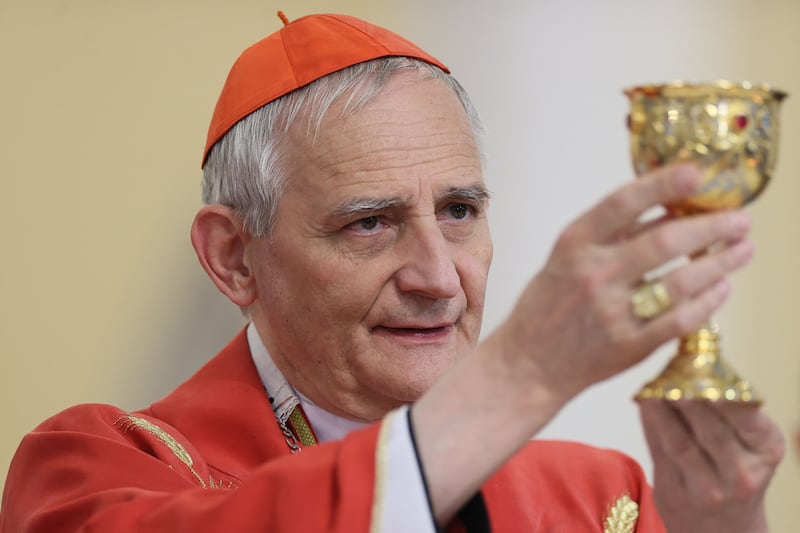
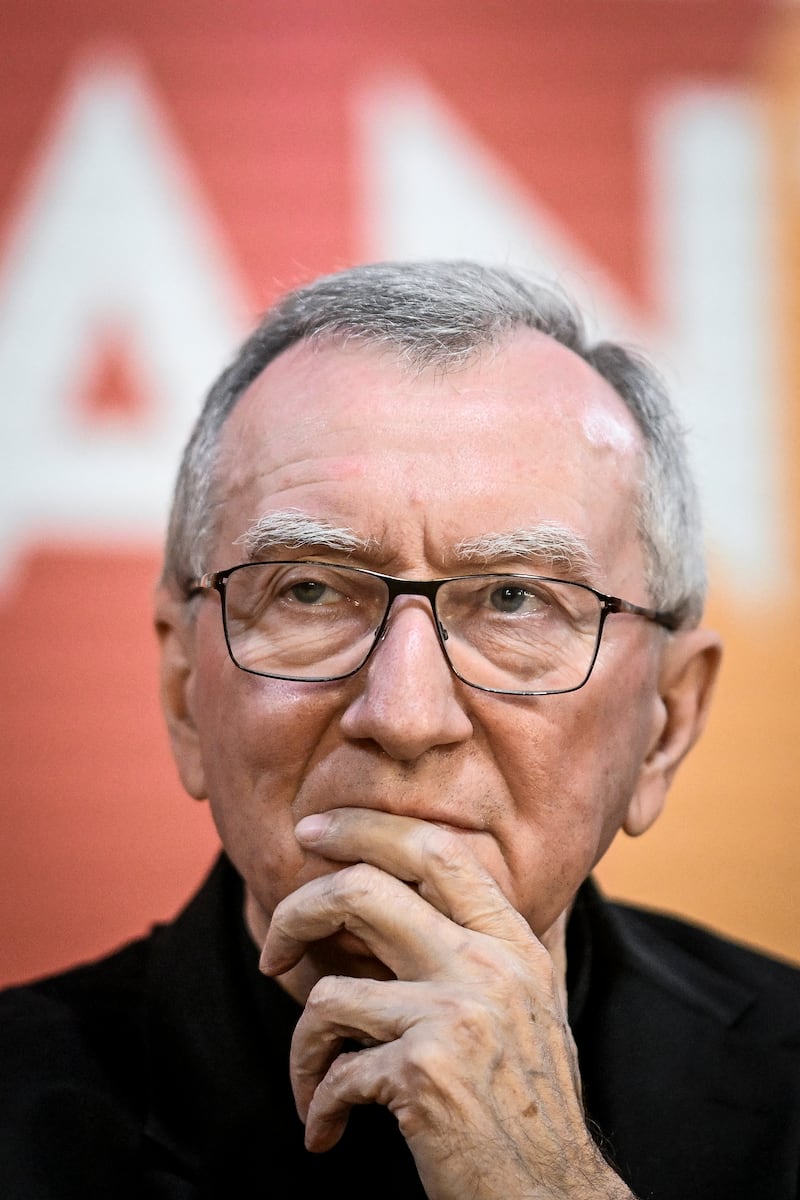
Against the latter is that he is a creature of the Roman Curia and has had no pastoral experience, increasingly seen as highly desirable among bishops. Cardinal Zuppi is more in the Francis mould and, with Italian cardinals still making up a significant bloc of 14 cardinals among the potential electors, he could be a serious contender. Sadly for those still pining after the old order, a more general view is that not alone will the next pope not be Italian, he may not be European. He may not even be Caucasian.
Besides, it is foolish to think that the cardinal electors will vote along national/geographic lines. Such determinism has become alien to them. For instance, of the 115 voting cardinals in the 2013 conclave which elected the Argentinian Francis as Pope, only 13 were South American.
Adding to the unpredictability this time around is that of the 99 cardinals Pope Francis has appointed to date, 27 are from countries which never had a cardinal before, such as Haiti, Myanmar, El Salvador, Sweden, Luxembourg and South Sudan.
Currently, there are 241 cardinals, but just 136 are under 80 years old and have a vote. Ireland has no vote as its only Cardinal, Seán Brady, is 84.
[ Pope wants to simplify papal funeral rites, be buried outside VaticanOpens in new window ]
A new pope needs a two-thirds majority of the maximum 120 cardinals who can vote in a conclave. Generally, when a consistory of new cardinals is announced, the number of eligible electors is above that for a time. By the end of next year, for instance, the current 136 cardinal electors will be down to 120, as the remaining 16 will be aged over 80 by then.
Of those current 136 cardinal electors, 52 are from Europe, 17 from North America (with US 11), five from Central America, 16 South America, 19 Africa, 23 Asia, and three from Oceania. The largest bloc of these by country is from Italy, which has 14 cardinals, followed by the US with 11, Spain with eight, Brazil and France with six, Canada, Portugal and Poland with four each, Argentina and Germany with three, and Peru, Mexico, Britain, Switzerland, Nigeria, Tanzania with two each.
It is widely believed the next pope will not be American, come what may. This has as much to do with the position of the US as the world’s only superpower as it has with the deep divisions in the US Catholic Church itself, which mirror the country’s embittered political divisions. It is also generally believed that neither will the next pope be from Europe – the region is now in a post-Christian phase with growing secularisation.
Then, contrary to that view, some see Hungarian Cardinal Péter Erdö (71) as papabile material. Coming from a more traditional Catholic Church in Eastern Europe, yet acceptable to so-called liberals in the western Church, he was elected twice as president of the Council of Bishops’ Conferences of Europe. But it may still be too soon for another Eastern European, in the wake of John Paul II.
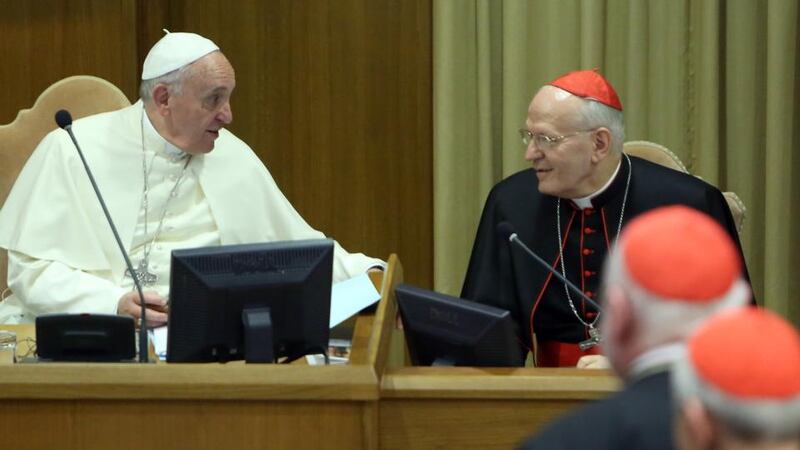
A European more likely to become pope is Maltese Cardinal Mario Grech (66), who has been central, as secretary general of the Synod of Bishops, to the ongoing synodal process initiated by Pope Francis. He is also familiar with the Vatican, having served on the Roman Rota, and has been a bishop in Malta for more than 18 years. Coming from a small country is an advantage too, not least where geopolitics is concerned.
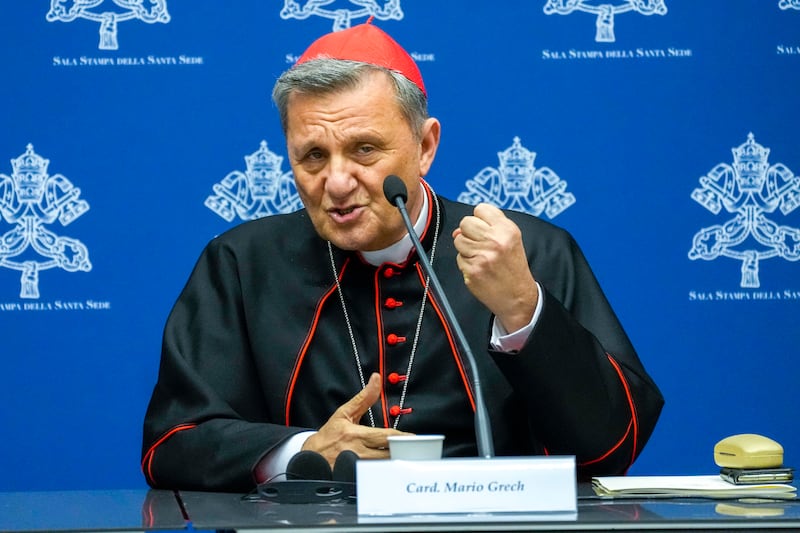
Probably the leading African papabile is Cardinal Peter Turkson (75), from Ghana. The Catholic Church is growing rapidly in that youngest continent. But, as is so frequently the case in the Global South, it is here a very conservative church, not least in areas to do with sexuality and women, a characteristic assisted by the strong Muslim presence in so many African countries. However, having a black pope from the developing world would send out a very desirable image where many cardinal electors are concerned. Added to which, Cardinal Turkson, as well as being the first Cardinal from Ghana, has extensive Vatican experience and a reputation for being strong on interreligious dialogue, no doubt helped by his own background. His mother was Methodist, while a paternal uncle was Muslim.
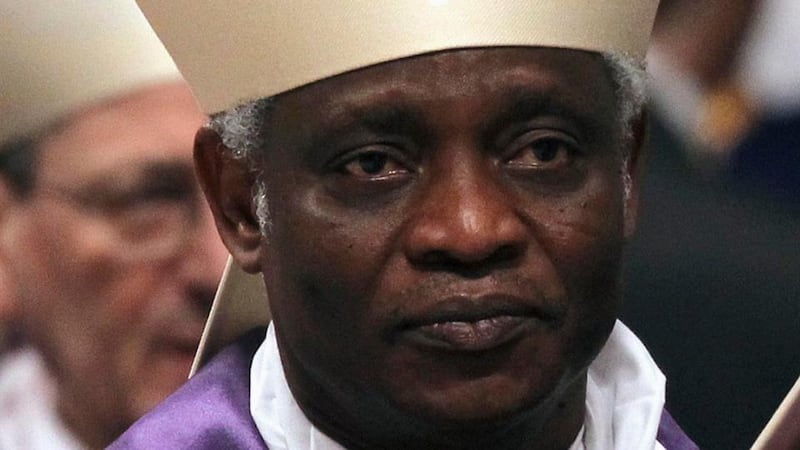
Then there is Filipino Cardinal Luis Antonio Tagle (66), former archbishop of Manila in Asia’s most Catholic country, on a continent where Catholicism is also growing fast. He has had extensive experience at the Vatican as prefect of its Congregation for the Evangelisation of Peoples. His mother was Chinese and he studied for seven years in the US and is very close to the thinking of Pope Francis on most matters.
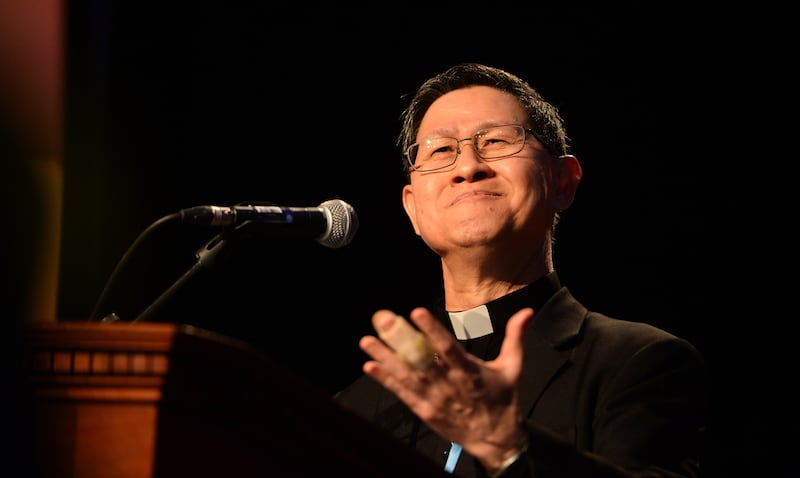
In 2012, Cardinal Tagle spoke at the 50th International Eucharistic Congress in Dublin and again at the World Meeting of Families in 2018 where he, “Chito”, proved quite the charmer. Papabile also in 2013, he is currently much favoured by those in the “know” as the-man-most-likely-to-be-the-next pope.
But what do “they” know? What is likely to happen before the next conclave is that all cardinals will meet over a sustained period of 10 day to two weeks for discussion on the Church’s future and to get to know one another better, as they did before the 2013 conclave. What makes this imperative next time is that among them now are so many cardinals from countries which were never represented at a conclave before.
[ Papal election shows television is still plugged into eventsOpens in new window ]
One man who will play a central role in that next conclave is Dubliner Cardinal Kevin Farrell (76), from Drimnagh, who is camerlengo of the church since 2019. He is on no one’s papabile list, for many reasons, not least of which is his many years’ service as a bishop in the US. As camerlengo he will formally determine that Pope Francis has died, oversee the destruction of his papal ring, and oversee preparations for the funeral, as well as for the subsequent conclave. He will also serve as regent until a new pope is elected, and will introduce that man to the world from the balcony at St Peter’s.
But, no one should hold their breath just yet. Pope Francis is a robust and determined man. Yes, he was 87 last month (on December 17th) and has been afflicted by a series of comparatively minor health ailments, but his “fundamentals” appear strong. It is more likely that he will resign due to growing incapacity rather than die in office, and it is doubtful that will happen at least for another year, not before the end of the Synod of Bishops in Rome next October.
That too would be a help to the younger papabile, whose comparative “youth” worries cardinal electors wary of another long papacy.
- Find The Irish Times on WhatsApp and stay up to date

